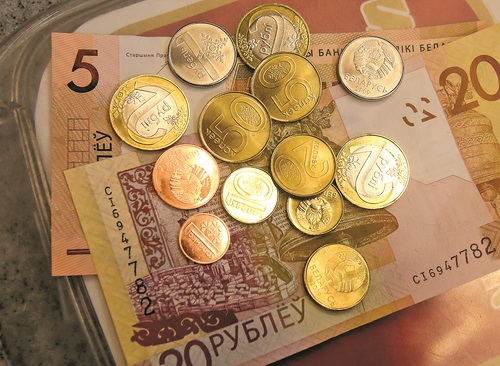On November 4th, 2015, Alexander Lukashenko signed the decree ‘On Denominating the Official Currency Unit of the Republic of Belarus’. The document established that, on July 1st, 2016, the official currency unit of Belarus would be denominated and, by December 31st, 2016, circulating banknotes from 2000 would be replaced by those from 2009, as would coins (with the Br10,000 note from 2000 being replaced by the 2009 Br1).

Belarus sees denomination of official currency unit
Commemorative banknotes issued by the National Bank will continue to be accepted for all types of payment, without restriction, according to the same ratio, from July 1st. Meanwhile, commemorative coins and bullion issued by the National Bank shall be accepted at nominal value for all types of payment, without restriction.
The Presidential Decree establishes that the 2009 Br1 is equal to the 2009 100 Belarusian kopecks. From July 1st to December 31st, currency from 2000 and 2009 shall be in parallel circulation and accepted for all types of payment, without restriction. Old currency shall be exchanged for new without restriction or fees from January 1st, 2017, to December 31st, 2019, at the National Bank, and at all other banks and non-bank financial and credit institutions of Belarus. From January 1st, 2020, to December 31st, 2021, only the National Bank will have authority to exchange.
From July 1st to December 31st, 2016, manufacturers, sellers, suppliers, contractors and representatives thereof, when providing information about offered goods (works and services) to customers, must specify prices (tariffs) in both 2000 and 2009 currency units. The National Bank shall ensure the circulation of 2009 currency and withdraw from circulation those from 2000, following the provisions of the Decree.
On the first day of denomination, July 1st, ATMs were ready and loaded with new money, giving the required amount without delay or difficulty. The first 200 Rouble note was in circulation. The new banknotes are the same size as before, although feel more like plastic than paper.
From July 1st to December 31st, 2000 and 2009 money will be in parallel circulation. However, Belarus will be seeking to put the new money in circulation sooner, with sellers giving change in new money, to help people transition faster.
Cash-in-transit vehicles are commuting around the city, loading new money into ATMs. Guards servicing a Belarusbank ATM note that, having held the new money, they can’t really tell much difference. Each team loads about a hundred ATMs, filling with several bags, each weighing 40kg.
It’s sure to take time to become accustomed to kopecks, although one cashier at a store we visited is eager to make the transition as soon as possible. Not all Minsk shops had the new money on the morning of July 1st, although they will be accepting new notes. Prompt cards have been distributed, depicting the old and new banknotes, for ease of reference. Cash operations have not yet been reprogrammed, so calculations are partly effected with the help of a calculation tool. We gave a new Br5 note and received change in old notes. “It’s not that complicated,” the cashier smiled.
A seller at a fruit kiosk asked us to pay with old money, although she admired the new notes we showed her, which a customer noted ‘resemble Euro banknotes’, looking at the crisp new Br5, Br20 and Br50 notes.
By Victor Mikhailov











